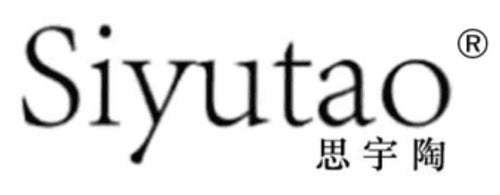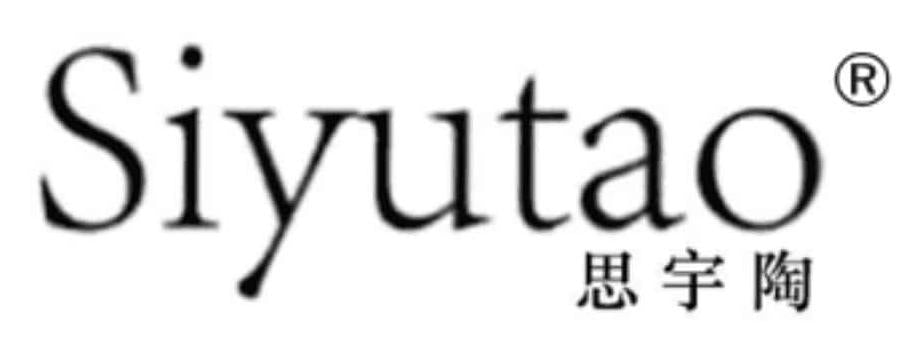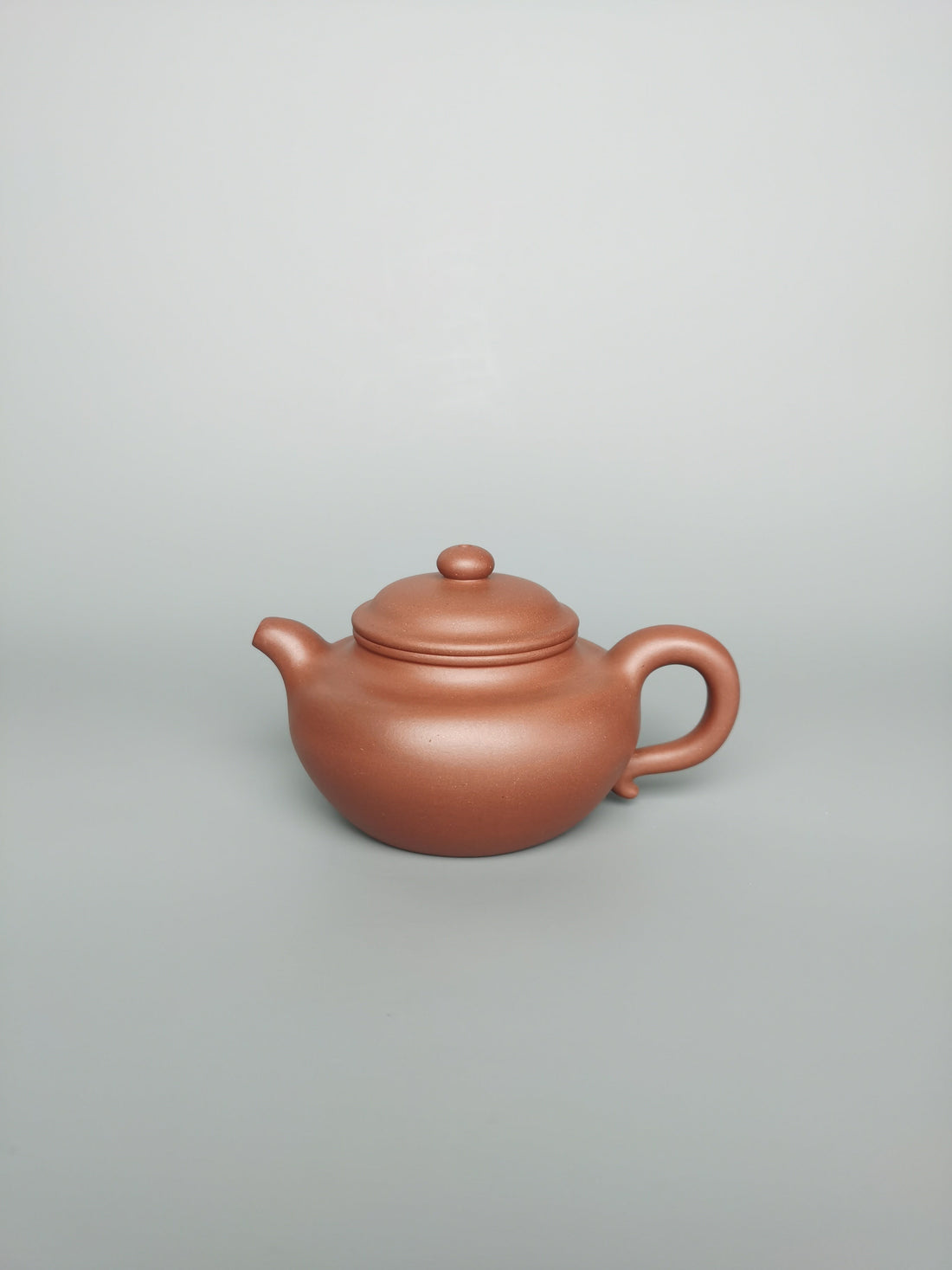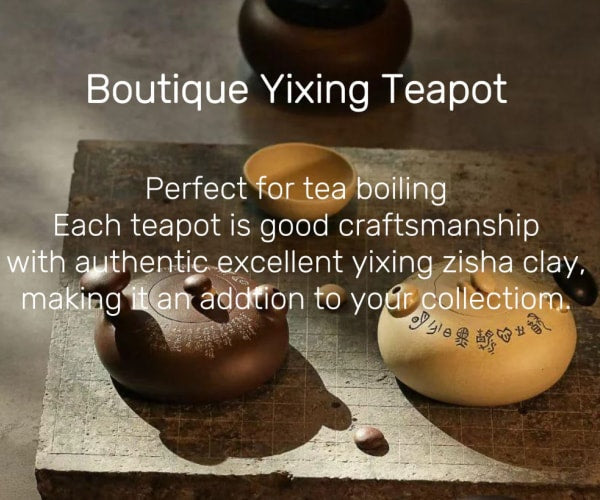Fang Gu Teapot: A Drum’s Legacy in Yixing Teapot
In the world of Yixing zisha (purple clay) teapots, few designs carry the weight of history and artistry as profoundly as the Fang Gu Hu (仿古壶), or "Imitation Antique Teapot." Rooted in the symbolism of ancient Chinese warfare and refined through centuries of craftsmanship, this iconic teapot embodies both cultural heritage and technical mastery. Let’s explore the origins, design philosophy, and enduring allure of this legendary vessel.

From Battle Drums to Teapots: A Historical Journey
The Fang Gu Hu traces its inspiration to the war drums of ancient China. On the battlefield, drums were not mere instruments—they were the heartbeat of armies. Their thunderous rhythms rallied troops to charge ("擂鼓助威") and signaled retreats ("鸣金收兵"). By the Qin and Han dynasties (221 BCE–220 CE), over 20 distinct drum types had emerged across the Central Plains, each characterized by a stout, cylindrical body.
The teapot’s creation is shrouded in two compelling narratives:
-
The Legend of Shao Daheng: Many credit the Qing dynasty master potter Shao Daheng (邵大亨) with designing the first Fang Gu Hu. His vision was to mimic the drum’s robust form in clay, creating a teapot that echoed its primal energy. Over time, the name evolved from fang gu (仿鼓, "imitating a drum") to fang gu (仿古, "imitating antiquity"), reflecting its timeless appeal.
-
The Influence of Wu Dacheng: Alternatively, records suggest the design was perfected in the late 19th century by Zhao Songting (赵松亭), under the guidance of scholar-official Wu Dacheng (吴大徴). This iteration emphasized a flattened body, full belly, tall neck, and seamless integration of components—features that became hallmarks of the style.

Anatomy of a Masterpiece: Design Principles
At first glance, the Fang Gu Hu appears deceptively simple, but its creation demands meticulous adherence to geometric harmony and symbolic resonance:
-
The Three Ellipses:
-
The teapot’s silhouette forms a long ellipse, while the lid extends slightly beyond this outline, creating a secondary, overlapping ellipse.
-
A third, hidden ellipse defines the zi kou (子口), the inner rim of the lid. These three ellipses vary in size but align in proportion, often adhering to the golden ratio for visual balance.
-
-
Symmetry and Flow:
-
The spout and handle must mirror each other perfectly, forming equal angles with the mouth of the teapot.
-
The handle’s curve flows seamlessly into the body, avoiding sharp breaks in the silhouette.
-
-
Sensuous Curves:
-
The belly swells gently, evoking the taut surface of a drum.
-
The lid and mouth unite like "closed lips," with no gap disrupting their smooth, rounded lines.
-
Craftsmanship: Where Art Meets Precision
Creating a Fang Gu Hu is a test of skill for even seasoned artisans. Its minimalist form leaves no room for error:
-
Clay Mastery: The teapot’s rounded contours require flawless control over the potter’s wheel. Even slight asymmetry disrupts the drum-like illusion.
-
Seamless Integration: Components like the knob, spout, and handle must appear "born from the clay" rather than attached. The arched knob (虹钮) and "two-bend" spout (二弯流) demand precise angles to maintain fluidity.
-
Embodying Qi: A successful Fang Gu Hu radiates vitality (气韵生动). Its curves suggest motion, as if the drum’s spirit still hums within the clay.
A Symbol of Harmony
Beyond its martial origins, the Fang Gu Hu represents balance—a fusion of strength and grace, tradition and innovation. Its rounded form symbolizes unity and cyclicality, core tenets of Chinese philosophy. For tea drinkers, it offers more than functionality; it becomes a meditation on history, artistry, and the quiet power of simplicity.
Conclusion: The Drumbeat of Timelessness
The Fang Gu Hu is not merely a teapot—it is a poetic dialogue between past and present. Each curve honors the drum’s ancient roar, while its refined aesthetics speak to the ingenuity of generations of potters. As the scholar Lin Xiyi once wrote, "Great art conceals art." In its unpretentious beauty, the Fang Gu Hu achieves just that, proving that true mastery lies in making the extraordinary feel inevitable.
Whether displayed as art or used in daily ritual, this teapot invites us to listen—not just to the whisper of tea, but to the echoes of history shaped by human hands.



